Featured Panoramic Photo Above:
1912 National League Champion New York Giants
(Player IDs available upon request)
Baseball History Comes Alive Now Ranked #2 by Feedspot Among All Internet Baseball History Websites and Blogs!
Guest Submissions from Our Readers Always Welcome!
Scroll Down to Read Today’s Essay
Subscribe to Baseball History Comes Alive for automatic updates (sign-up block found in right side-bar)
As a Free Bonus for subscribing, you’ll get instant access to my two Special Reports: Memorable World Series Moments and Gary’s Handy Dandy World Series Reference Guide!
Stan Williams Photo Gallery
Click on any image below to see photos in full size and to start Photo Gallery:
A Bitter Stan Williams Recalls His Role In One Of The Worst Innings In Dodger History, October 3, 1962
Followup To Paul Doyle’s Essay on the Dodger-Giant 1962 Playoff Series
“I don’t like the Dodgers, and they don’t like me. They have completely divorced me over the years, and I pull against them every night.’’ –Ex-Dodger, Stan Williams
This past week, Paul Doyle wrote an interesting essay about the 1962 three-game “playoff” series between the Dodgers and Giants to determine the winner of the 1962 National League pennant (I’ll use the term “playoffs,” even though technically the games went into the books as “three extra-regular-season games”).
In describing the outcome of Game Three, won by the Giants, Paul wrote:
In the third and final game, the Dodgers had a 4-2 lead going into the ninth inning. The Giants rallied for four runs to win it, 6-4. Walter Alston resisted using Don Drysdale in relief as he was hoping to start him in Game One of the World Series—a game that Alston ended up watching on TV.
Paul was exactly right in his depiction of the inning and this miscalculation by Walt Alston. As it turns out, he made more than one serious gaffe that inning…and one of them was a real whopper…
I wrote an essay a couple of years ago giving some details about this inning, one many consider to be the most disastrous in Dodger history. The experience left Dodger pitcher Stan Williams with bitterness toward the Dodgers that bordered on hatred. It stayed with him until the day he died.
Stan always remembered the fateful inning like it was yesterday, although it happened 58 years ago last Fall. Here’s the setting – and Stan’s recollection – from my earlier essay:
Who Goes To The 1962 World Series…The Dodgers or the Giants?
It was the best-of-three playoff series between the Dodgers and the Giants with the 1962 National League pennant on the line. The stakes couldn’t have been higher. The winner would go to the World Series. The loser would be watching the series on TV at home and have six months to brood about it.
Both teams had finished the regular season with identical 101-61 records. After two games, the playoff series was also tied, one game apiece. It all came down to Game Three at Dodger Stadium.
The Fateful Game Three
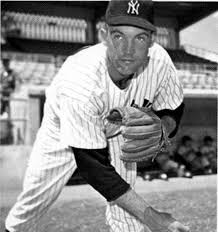
The Dodgers held a 4-2 lead as the top of the ninth inning unfolded. They had Ed Roebuck on the mound and were just three outs away from their second trip to the World Series in four years. Dodger Stadium was electric with the anticipation of another pennant.
But wait!
A single and two walks loaded the bases with one out for the Giants. A growing, palpable sense of doom started permeating throughout Dodger Stadium. And to make matters worse, who should be menacingly swinging a bat in the on-deck circle, calmly awaiting his turn? It was the last person anyone would want to see in this situation…the great Willie Mays.
And, true to form, Willie stepped to the plate and promptly delivered a run-scoring single. Suddenly it was 4-3…and the bases were still loaded.
Walt Alston Makes An Appearance
That brought manager Walt Alston out of the Dodger dugout. Dodger fans were certain they’d be seeing Don Drysdale emerge from the bullpen to make a relief appearance. But no…Alston instead called for 6-foot-5 inch starter Stan Williams to close out the game. He was “saving” Drysdale for the World Series…
The next batter, Orlando Cepeda, wasted no time and hit a sac fly. Just like that, the two-run lead had vanished and the game was tied at four. Mays then advanced to second on a wild pitch to Ed Bailey, leaving first base open. A hush fell over the stunned crowd…
Alston then ordered an intentional walk to Bailey, just a .147 hitter against Williams. But, as Stan Williams later recalled, the decision didn’t sit well:
“First base was open but I knew I owned this guy. So I called out Johnny Roseboro and we agreed we would tell Walt to let me pitch to him.”
Alston Nowhere To Be Found
There was only one problem. Looking into the Dodgers’ dugout, Williams and Roseboro couldn’t find the manager:
“He was apparently standing up in the tunnel having a cigarette. We couldn’t find him, so we couldn’t get him to change his instructions.’’
Williams had no choice but to follow orders. He issued the intentional walk to Bailey, reloading the bases.
The Nightmare At-Bat
That brought up the dangerous Jim Davenport. With him came the nightmare at-bat Stan Williams has never forgotten. With the count 2-1, Williams proceeded to throw ball three and ball four, walking Davenport on five pitches, forcing in a run, and giving the Giants a 5-4 lead.
Then another run scored on an error, making it 6-4. Stan was replaced by Ron Perranoski, but the damage had been done. After Billy Pierce closed out the Dodgers with a perfect ninth, suddenly the Giants had an improbable 6-4 victory and the 1962 pennant. The Dodgers? They were heading home, having just snatched a bitter, stinging defeat from the jaws of victory.
For most of the Dodgers’ early years in Los Angeles, Stan Williams was a mainstay on an outstanding rotation that featured Hall-of-Fame greats Sandy Koufax and Don Drysdale, plus Johnny Podres. In his five years as a Dodger, Stan went 57-46 (.537) with a 3.48 ERA. In 1959, he literally pitched them into the World Series, closing out a 12-inning playoff win against the Braves with three scoreless innings.
Stan Williams is often remembered for the five pitches he threw to Jim Davenport, but he deserves a much better fate. Surely there was blame enough to go around. Alston made some questionable decisions. The poor positioning of second baseman Larry Burright may have cost a potential double play.
Over the years, Stan Williams had been consistently snubbed by the Dodgers, having been invited to only one Old-Timer’s event and no fantasy camps. He believed the Dodgers wanted to separate themselves from the memory of that fateful inning. He also felt the Dodgers never forgave him. “I eventually got over it, but they never did.” [Ed. Note: I’m not so sure I believe Stan actually “got over it”].
When contacted about Williams’ claims, the Dodgers denied the charges:
“In Dodger history, Stan Williams is one of the great pitchers and a big contributor to some great teams, and he’ll always be part of our family. We’ve got the greatest respect for his accomplishments.’’
Post-season Mistakes Are often Magnified.
Three batters…five pitches…one nightmare inning 58 years ago. It left an indelible scar on Stan Williams, turning him against the Dodgers, the team for which he pitched so well, and blemishing the career of an outstanding pitcher
Baseball, like life, is sometimes unfair.
Gary Livacari
Information: Excerpts edited from Stan Williams Wikipedia page; stats from Baseball-Reference.com
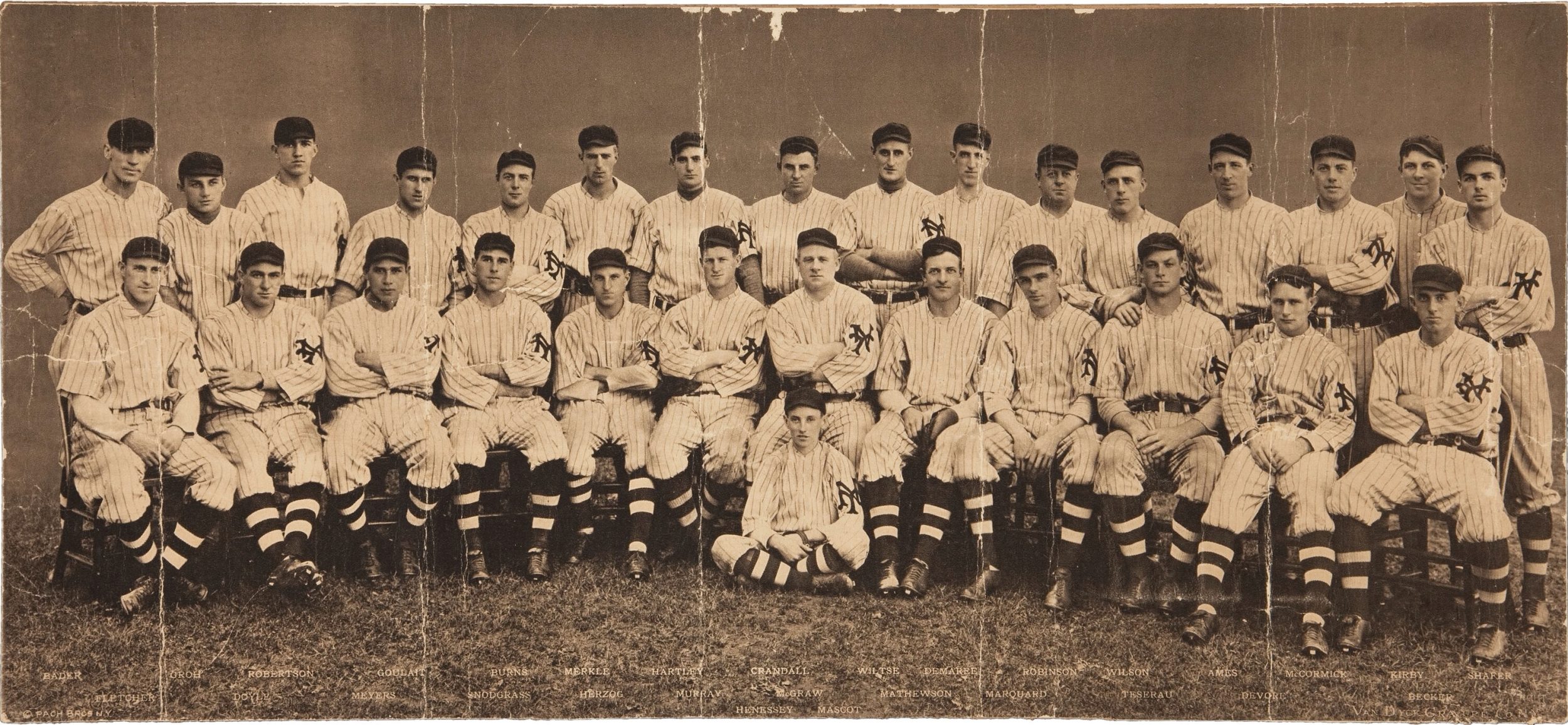
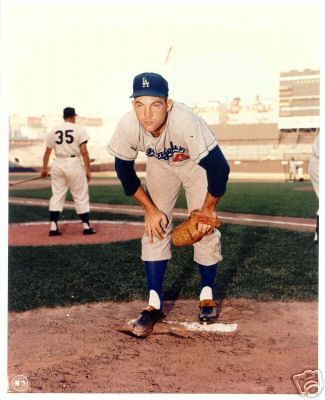
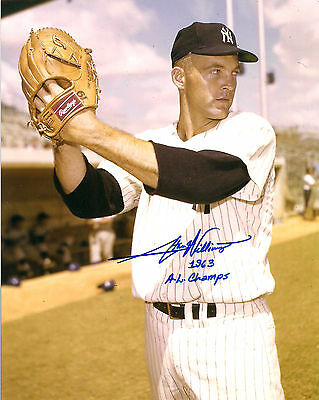
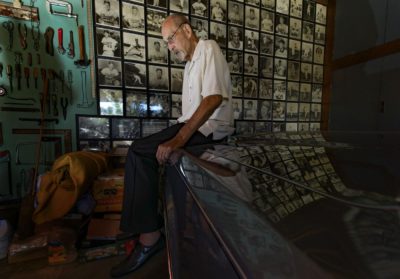
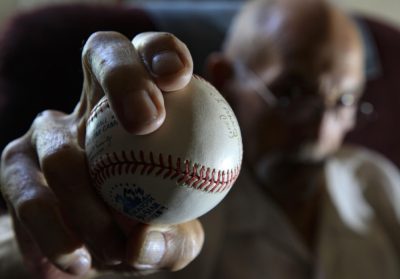
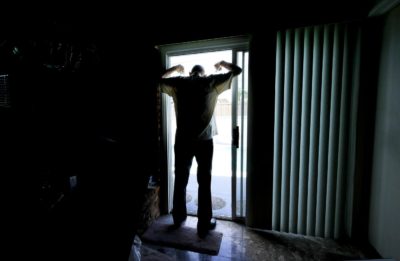
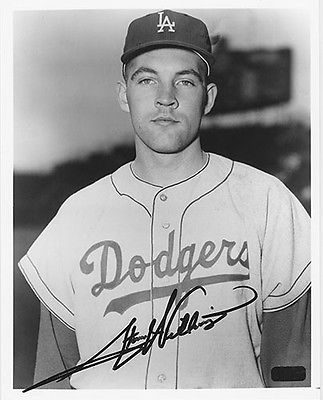
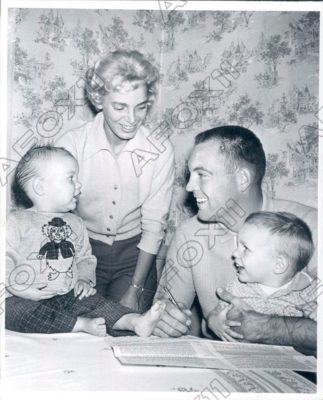
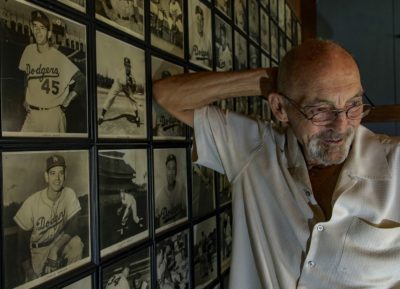
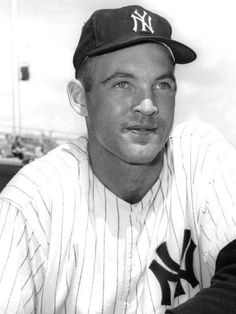
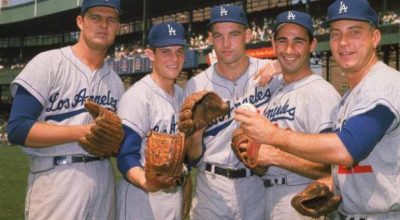
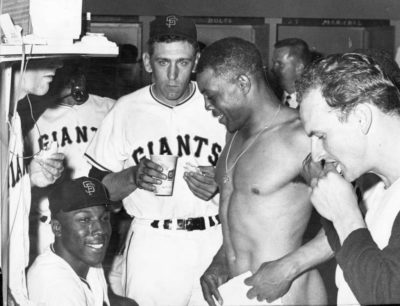
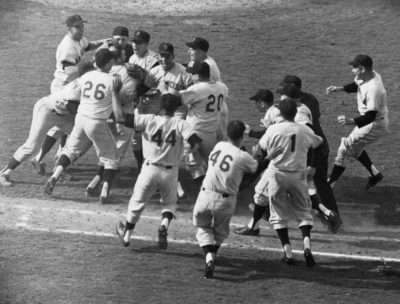
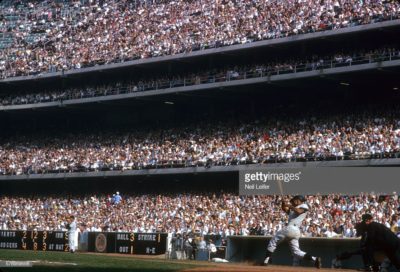
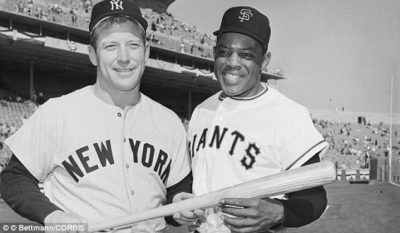
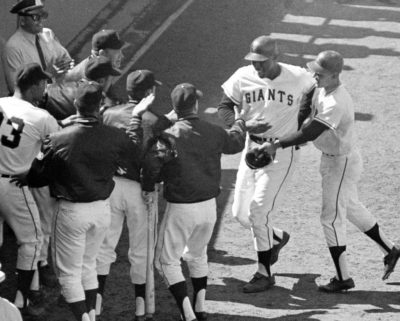
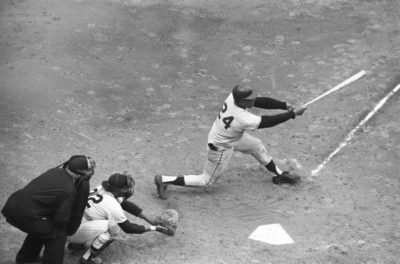
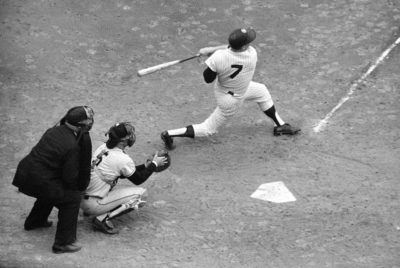
Photo of Stan taken in June of 1960 at Yankee Stadium prior to a Dodger-Yankee exhibition game to benefit Roy Campanella.
I was at that game. I was 9 and my Dad knew I wanted to see my beloved Dodgers. He got tickets behind home plate. I sure was one lucky kid.
Great backstory, Gary.
Stan finished his career with the Red Sox, pitching all of 4 innings before retiring. He later became pitching coach for them, including their World Series year of 1975.
————————-
Fractured Fairy Tale:
He was born in Enfield, NH. One year, the town was infested with disease carrying flies. That year, a town ordinance required each citizen to a quota of killing 1,000 of the pesky nuisances. Everybody pitched in and the infestation was conquered. Thus, the origination of the famous “Enfield Fly Rule”..


Whenever I would run into Stan on the scouting trail, the subject would come up in conversation. Usually with a humorous undertone. He was a funny guy and a most perceptive judge of talent
Thanks a lot Murray…i always appreciate your personal insights from your many years in the game. -Gary
I was watching that game on TV with my dad in our living room in SF. I was shuffling and reshuffling a deck of playing cards.
I was 10 years old, living in Cloverdale, California,while on my paper route for the Press Democrat and listened to the end of the game on a $6.00 Emerson transistor radio. Russ Hodges and Lon Simmons on the KSFO radio station. Thanks for the story. It brings tears to my eyes….we lived and died by the Giants…….. they meant everything to young kids growing up in Northern California during that time!
Cheers Gary! Well done………..
Mark Wiget
Thanks Mark…that’s great info. I always love the personal stuff like this!
Gary, Drysdale had pitched 5 and a third innings the day before and was probably gassed!
Hmm…that’s interesting!